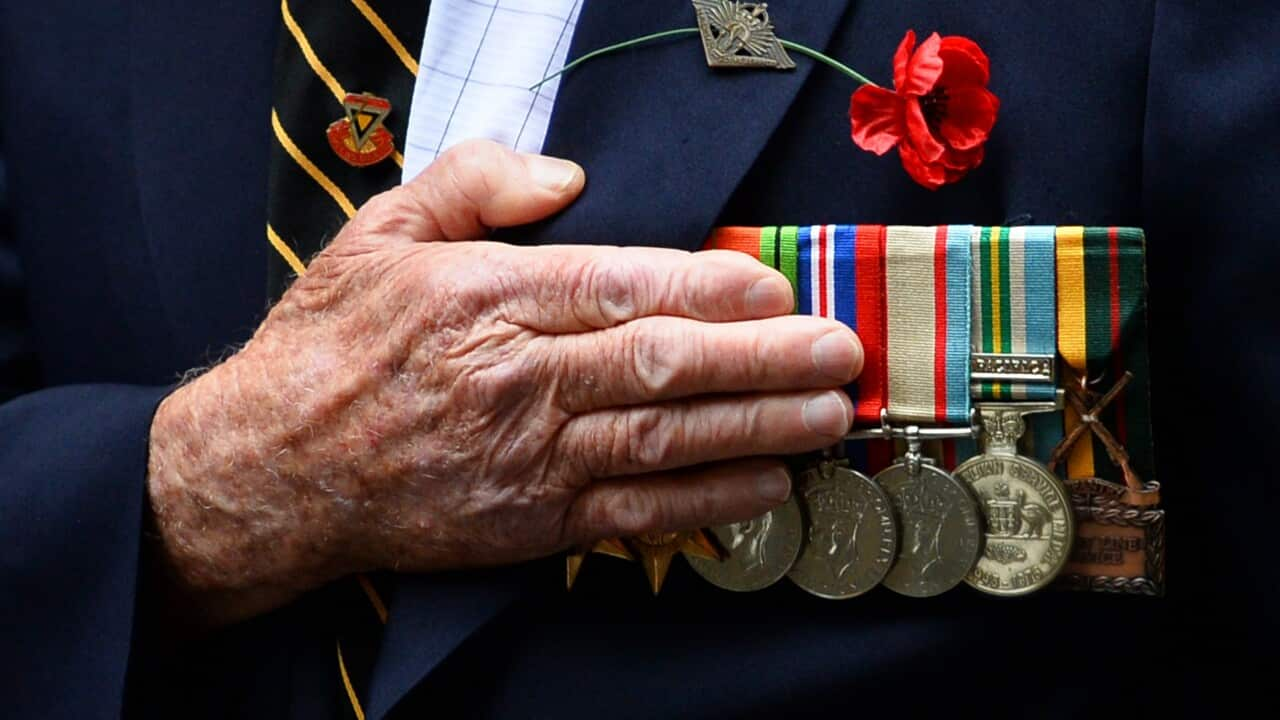They are considered by many to be an endangered species. A relic of an era past, gay bathhouses and saunas are seen as some to be on their way out.
Yet, visit one in any of our big cities, and you will find that bathhouses and saunas are still commonly frequented, continuing to have huge importance for many gay men. This is a continuation of the history of an important institution that has been core to gay culture for many years.
The first known recording of same-sex sexual activities in saunas , Italy. In 1492, authorities engaged in a purge against the “vice of sodomy”, convicting 44 men for homosexual relations, who they picked up in taverns, baths and casini (sheds and houses used for illicit sex).
While smatterings of similar recordings exist in the following centuries, it wasn't until the late 19th Century that saunas became a standard place for gay sex to occur.
The late 19th and early 20th centuries when queer people began to gather more regularly in public spaces, and in turn, came to be defined under the banner of ‘homosexual’. As this occurred, significant repression of gay men and homosexual acts became predominant across the western world as men caught having gay sex became subjected to humiliation, imprisonment, and violence. This sort of oppression occurred even when men had sex in the confines of their own homes. In a webpage that details the history of gay saunas, “numerous court records from the turn of the century contain cases of men who were arrested after neighbours, landlords, policemen and YMCA janitors looked through keyholes, or broke down doors to discover men having sex with each other.”
To deal with this, gay — public places such as parks, toilet blocks, and movie theatres, where they could have sex but with less of a threat of being caught by authorities. One of the more common places men started to congregate were public saunas. Designed for the general public to come in, relax, and unwind, gay men used the relative anonymity and privacy of saunas as a safe space for sexual encounters.
Initially many saunas operators reacted strongly against this, with some calling the police on gay men, or hiring private guards to protect their facilities. , it’s reported that New York police conducted a raid against a sauna in the Ariston Hotel, arresting 26 men, with twelve eventually being brought to trial on sodomy charges.
Other owners, however, turned a blind eye to these activities, . In doing so, these saunas became an important venue for gay men. In these spaces men had a safe venue to have sex— one that came with significantly less risk of being caught that other beats.
As gay communities became more visible in the post-war era, the 1950s saw dedicated gay saunas begin to open. Although these venues continued to face police raids and intimidation, as gay-owned and operated spaces, they became a sexual mecca for many gay men. Their popularity grew significantly, with saunas opening across the western world, .
While the first saunas appeared primarily in the United States, Australia soon followed. Australia’s first sauna was the Bondi Junction Steam Baths, opened in 1967, while Melbourne got its first sauna, Steamworks, in 1979. Although both of these historic venues have since closes, others have opened across both Sydney and Melbourne, as well as in Brisbane, Adelaide and Perth.
However, as many began to blame the HIV/AIDS crisis on promiscuity within the gay male community, saunas became a significant target. Saunas were seen as dirty, disease-ridden places— key incubators for the HIV/AIDS crisis. City authorities in the United States , closing popular venues in big gay cities such as and . Aside from governments, , blaming them for the growing epidemic, calling from within the community for them to be closed.
While , the position of saunas has never quite returned to that of earlier years. While the US had nearly 200 saunas in the 1970s, , and now stands at an even lower 70.
Saunas today face even more challenges. With the decriminalisation of homosexuality, and the sprouting of gay dating apps such as Grindr, many see that these venues will no longer be needed. As campaigns for marriage equality have dominated the queer movement, others still have continued to actively call for saunas to close. In the UK, prominent gay activist James Wharton made a splash a few years ago, calling for saunas to be closed and “thorns in our side that mark our community as different for the wrong reasons”.
Unfortunately, we have seen many of the most famous saunas close in recent years, often due to these various challenges. , one of its largest bathouses, , with its building being bulldozed to make way for a new hotel. In 2012, Sydney’s longest running gay sauna, Ken’s at Kensington, .
Despite this, many gay saunas remain open—even in Australia. If you visit one, you will still find many gay men, of all different ages, sizes and ethnicities, who frequent them regularly. For some, they remain a safe space to have sex without fear of being outed. For others, they are a place where you can go after a big night out. And for even more, they remain a place of relaxation, or one of adventure. And if all else fails, at least you get a relaxing spa and sauna!


